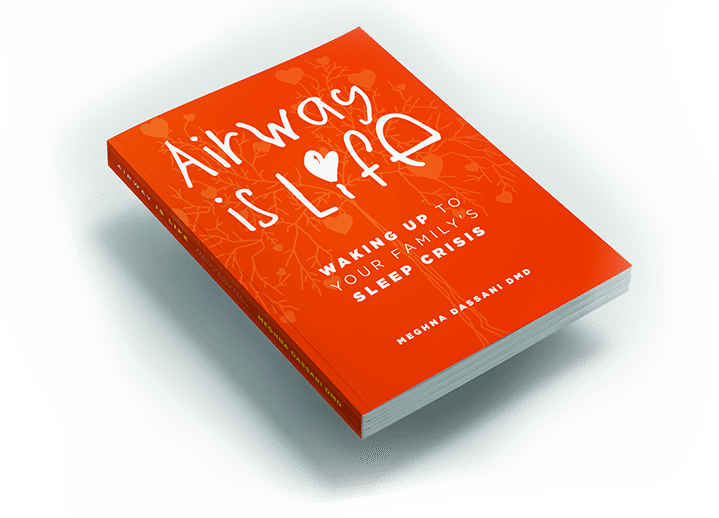Here are the dos and don’ts of napping
Sometimes, you need a nap. You’re spent, and your emotional tank is empty. A nap is the only way you’re going to make it through the rest of the day.
But will taking a nap make it harder to fall asleep later at night? It could. But it doesn’t have to if you nap the right way.
When you follow simple napping dos and don’ts, you can have the daytime siesta you need to power through your busy day and you can sleep soundly at night.
So how can you nap without ruining your sleep cycle?
Here’s what you should do…
Do get the timing right.
The best time to nap is in the early afternoon. Napping too late in the day makes it harder to fall asleep at bedtime.
Many people experience a decrease in alertness between 1 PM and 3 PM. This is known as the “afternoon slump.” It’s part of your normal circadian rhythm, or your body’s internal clock that regulates your sleep-wake cycle.
Your mid-day decrease in focus and energy is due to fluctuating hormones and neurotransmitters, specifically cortisol and adenosine. Cortisol makes you feel awake and alert. Its levels are higher when you first wake up and decrease as the day goes on. Conversely, adenosine makes you feel sleepy. And its levels are lower in the morning and increase as the day progresses.
So when you start to feel drowsy as your cortisol levels decrease and your adenosine levels increase, this is your optimal nap time.
Do keep your naps short.
Less is more when it comes to napping. Napping for over an hour can negatively impact your circadian rhythm. When you nap for a long time, you have to wake up from a deeper sleep. This makes you more likely to wake up feeling groggy and disoriented, a feeling known as “sleep inertia,” which negates the benefits of napping to feel more alert.
Try to keep your naps to under half an hour (ideally, 10-20 minutes). This might seem like it’s too little time to be worth it. But according to the Mayo Clinic, naps of this length can make you feel more alert and won’t induce sleep inertia.
Do make yourself comfortable.
To optimize your nap, set the scene and make your napping environment as comfortable as possible. Ideally, you want to nap in your bed. But if that’s not possible, make your napping environment restful by keeping it dark, quiet, and cool. You should also have a comfortable pillow and blanket.
Here’s what you shouldn’t do…
Don’t have screen time too soon before or after your nap.
Napping is a way to feel more alert and less stressed. So you don’t want to lessen those effects by being glued to your devices. Plus, the blue light from your phone or computer screen can make it more difficult for you to fall asleep for your nap.
However, if you have a job that requires a lot of screen time, you may not be able to avoid screen time before and after your nap. In this case, try to limit your screen time for at least 10-15 minutes before and after napping. Use that time to do something relaxing instead, such as meditating, stretching, or listening to soothing music.
Don’t consume caffeine right before your nap and don’t use caffeine as a nap substitution.
You shouldn’t consume caffeine too close to bedtime and you also shouldn’t consume caffeine too close to naptime. Caffeine makes it significantly harder to fall asleep.
Moreover, if you feel drowsy and in need of a nap, if possible, don’t try to power through by having another cup of coffee. Busy schedules don’t always allow time for napping. But if you’re able to sneak in a 10-20-minute cat nap, take that opportunity. Those minutes of rest will serve your mind and body much better than caffeine.
Don’t take naps if you have insomnia.
People who regularly experience nighttime wakefulness shouldn’t take naps, as napping can make the problem worse for them.
If you struggle with insomnia, napping can lead to…
- Fragmented sleep – waking up frequently throughout the night
- Delayed sleep-wake phase – falling asleep and waking up later than usual
- Irregular sleep-wake pattern – not having a clear bedtime and wake-up time
- Anxiety about not sleeping well
If you don’t experience insomnia and your sleep is generally uninterrupted, you should be able to nap without having a problem. Follow these dos and don’ts to enjoy the restorative benefits of a midday snooze without disrupting your regular sleep routine.
Dr. Meghna Dassani has practiced dentistry for over two decades and is passionate about the role dentists play in whole-body health. You can learn more at her website: MeghnaDassani.com.
Healthy Sleep Revolution Podcast
Snoring? Tired all day? Trouble focusing?
So many think these symptoms are common in kids and adults when tired. Join us as we debunk some of these common myths and put the spotlight on Sleep Apnea. Discover what constitutes healthy sleep and how we can help ourselves and our kids get the best sleep ever.


